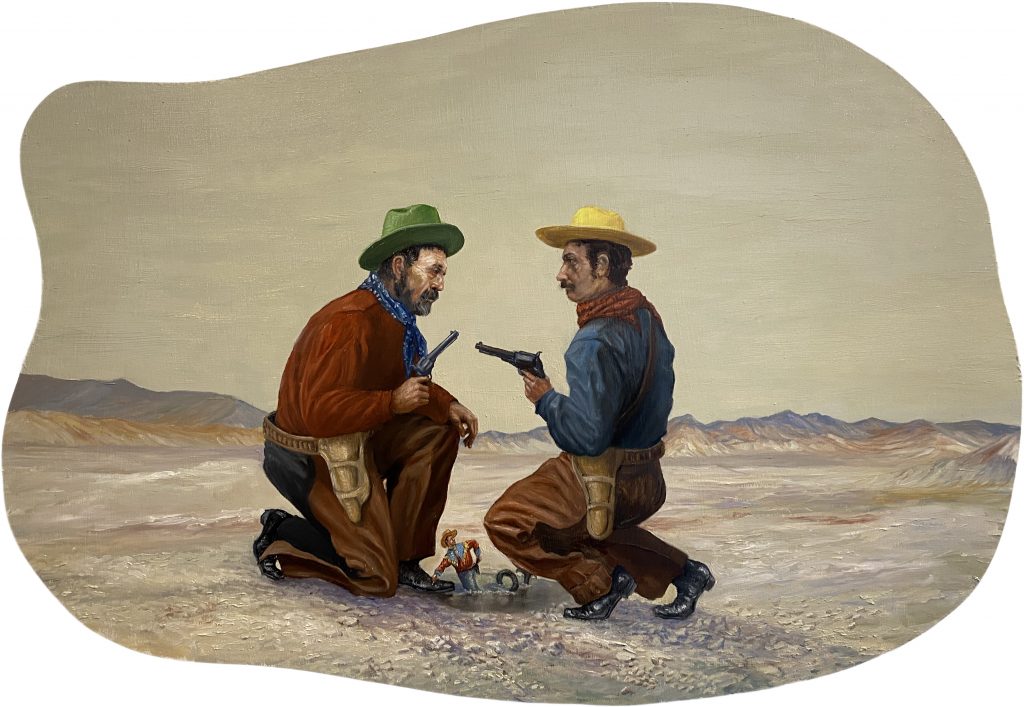
T.S. Eliot’s epic poem “The Waste Land” begins with the evocative lines, “April is the cruelest month, breeding Lilacs out of the dead land, mixing Memory and desire, stirring Dull roots with spring rain. Winter kept us warm, covering Earth in forgetful snow, feeding A little life with dried tubers.” Inspired by Eliot’s use of shifting perspectives to explore the fragmented state of modern society, my art show “April is the Cruelest Month” at Portland Community College’s Paragon Gallery delved into the impact of storytelling on human relationships. Drawing from diverse cultural sources and years of artistic exploration, the exhibition aimed to illuminate the ways in which storytelling shapes our understanding of the world.
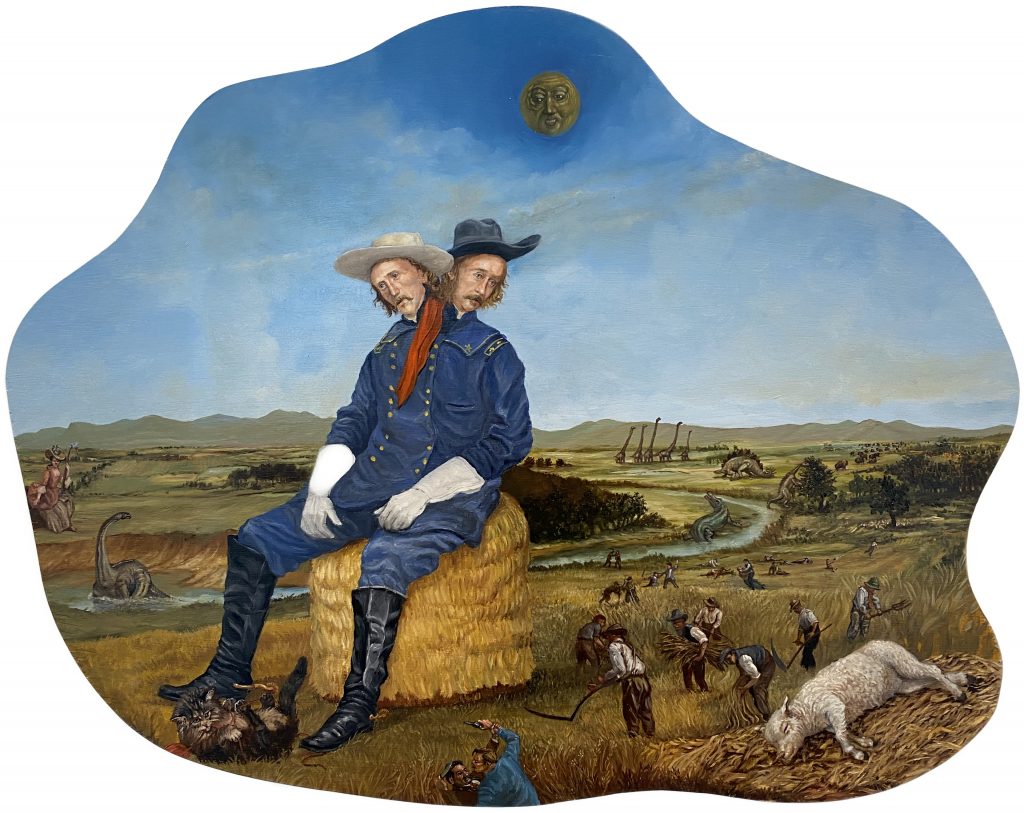
This exhibition was a continuation of my artistic journey, developed over several years and across various locations, including residencies in Latvia, Shanghai, and the high desert regions of Oregon, Nevada and Wyoming. These experiences contributed to a rich tapestry of cultural influences that permeated the art in this show. By exploring the intricate interplay between cultural narratives and human relationships, I hope to reveal the underlying power and significance of storytelling.
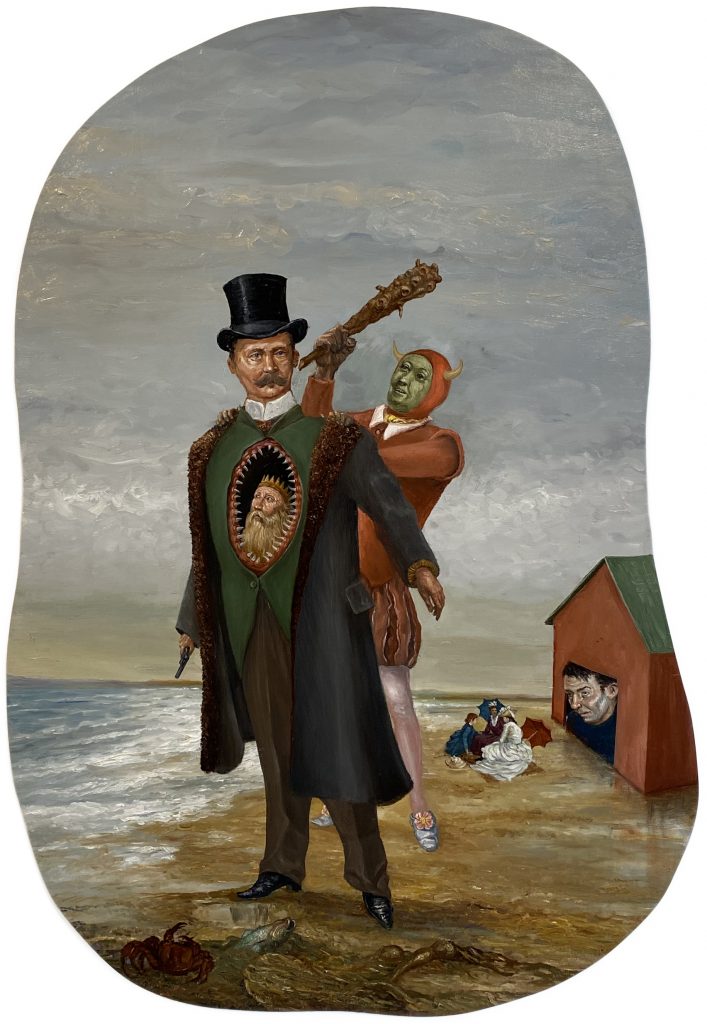
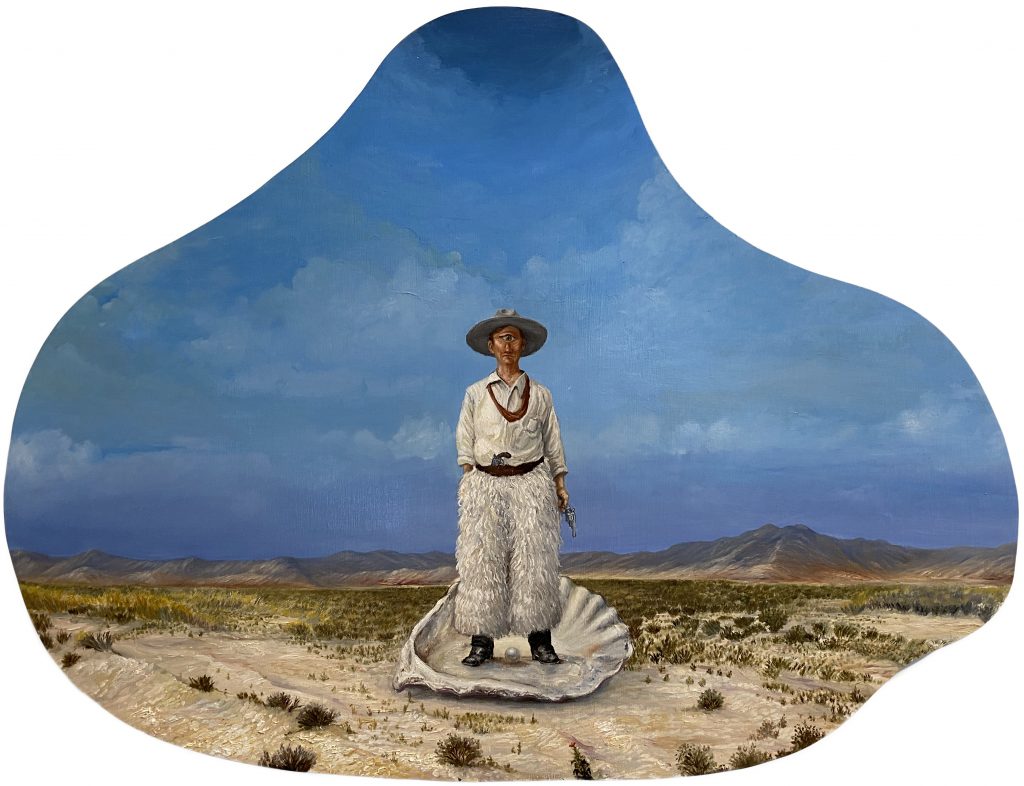
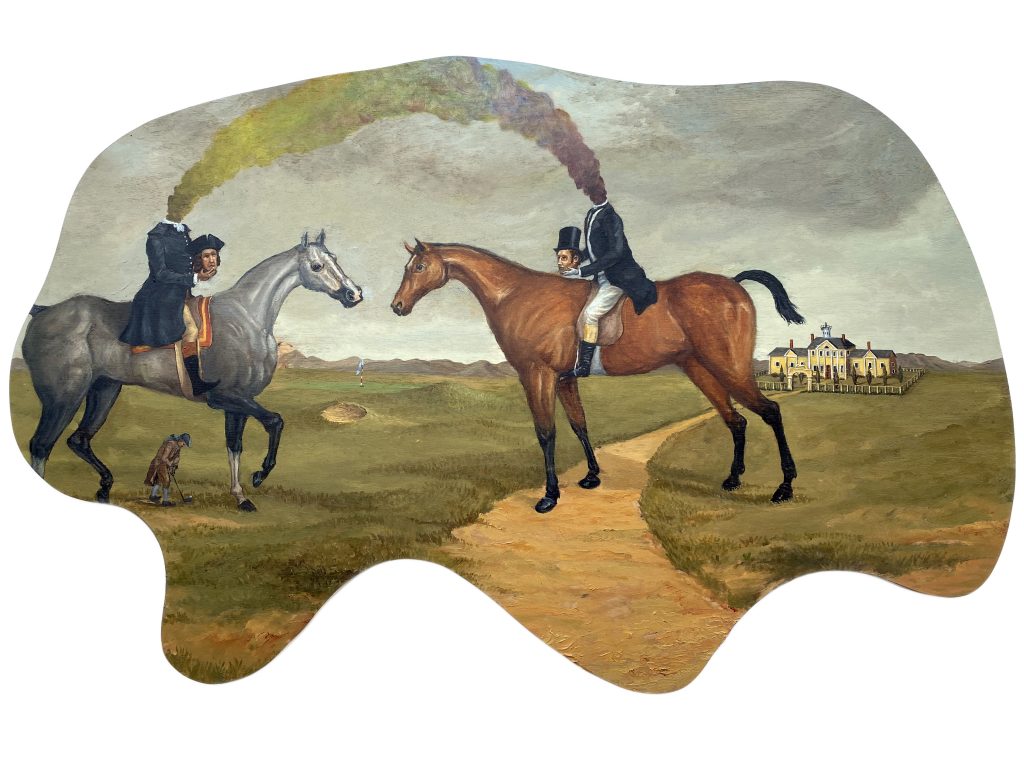
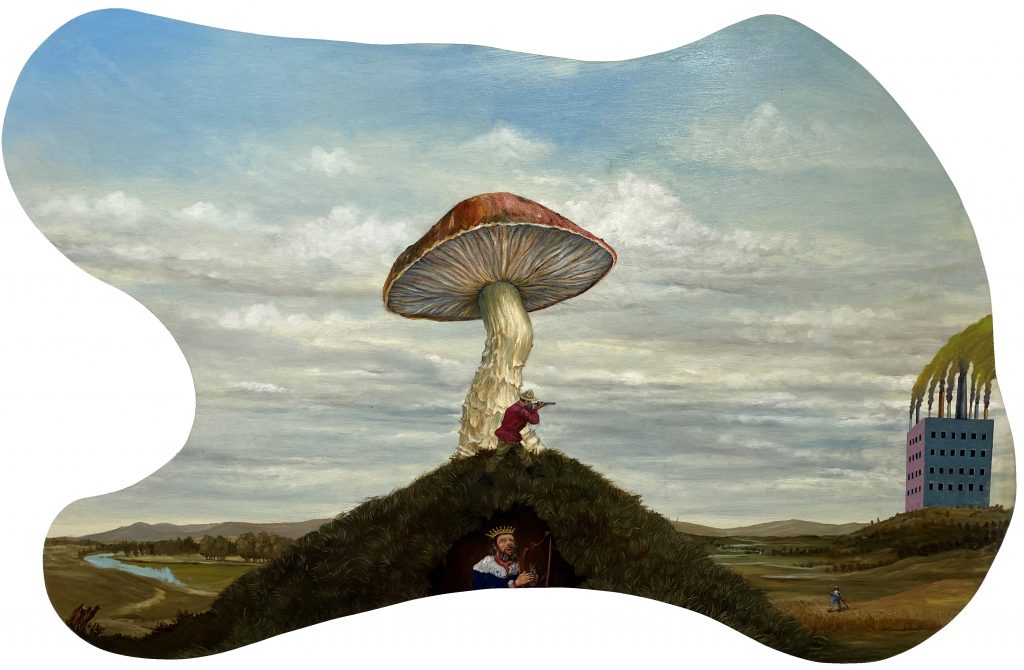
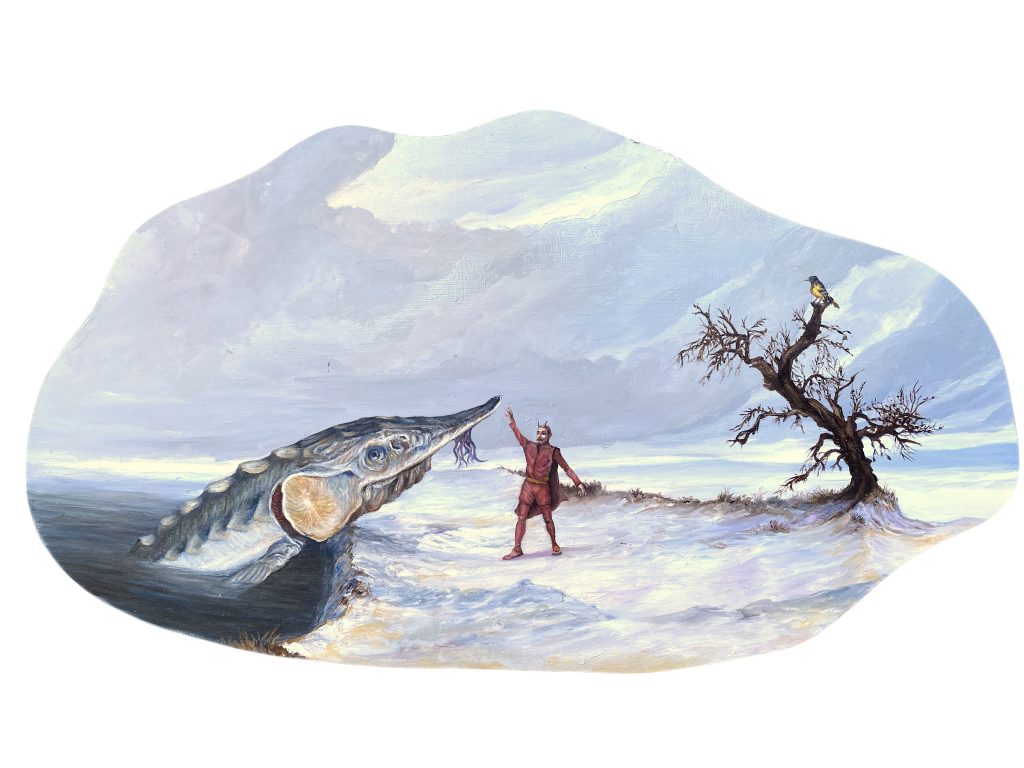
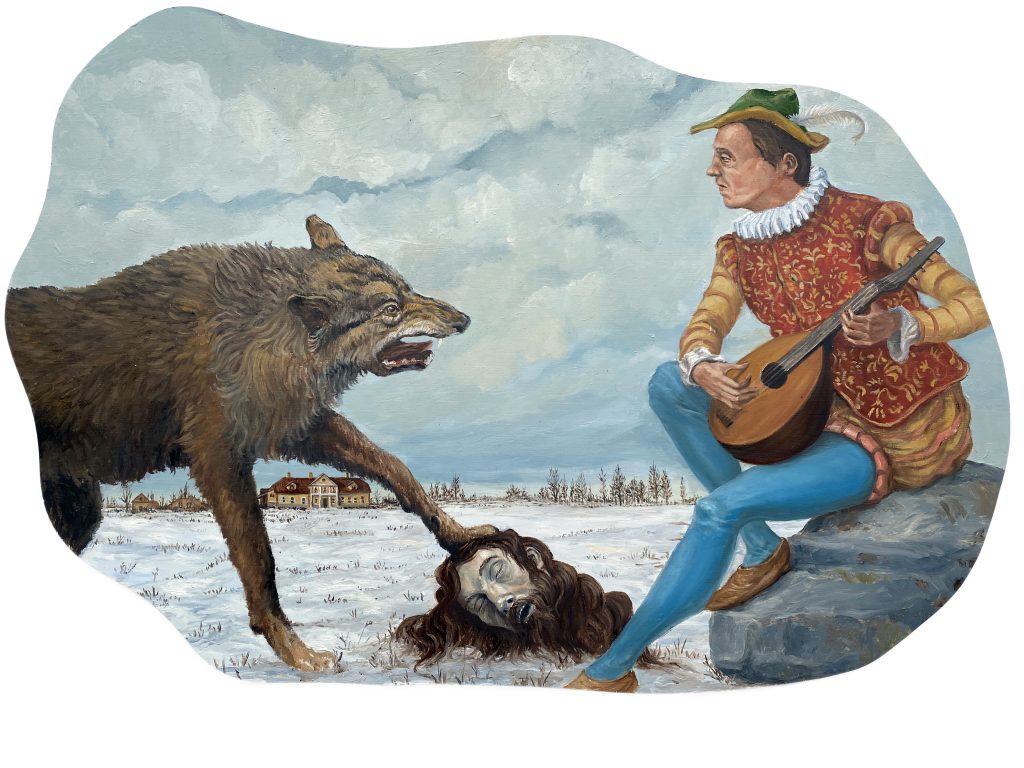
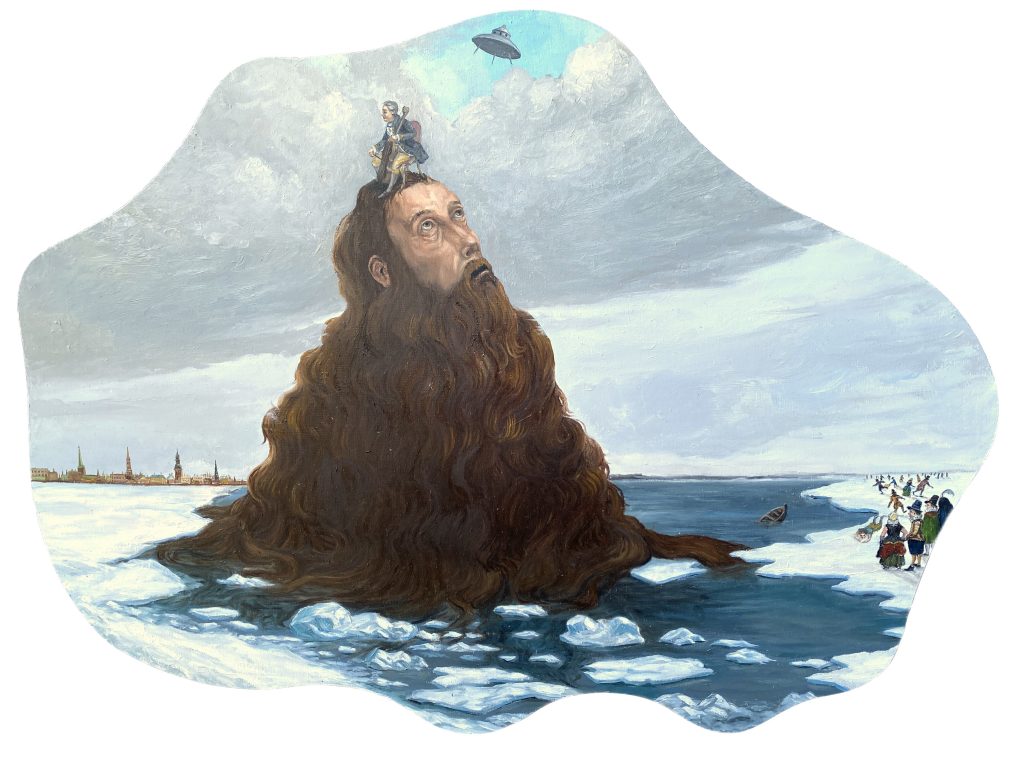
During the exhibit NWNoggin’s Bill Griesar and I along with many of our amazing volunteers, discussed how our brains make meaning through narrative.
The Intersection of Cultural Narratives and Human Relationships: Storytelling shapes our understanding of the world, often in profound ways. The predictive processing framework, suggests that our brain constantly makes predictions about the world based on past experiences and sensory input. By exploring the interplay between cultural narratives and human relationships, I hope to engage viewers’ predictive processes, prompting them to reassess their existing beliefs and assumptions and fostering a more nuanced understanding of the role that storytelling plays in shaping human interactions.

Nuanced Perspectives on the Power of Storytelling: The power of storytelling shapes our perception of ourselves and our place in society. In the realm of neuroscience, research highlights the role of narratives in forming long-term memories. I often aim to challenge and subvert viewers expectations, forcing them to confront their cognitive biases and expand their understanding of the world. Through the creation of unexpected or ambiguous works, I aim to invite viewers to imagine different future outcomes and alternative pasts, as neuroscience suggests we are prediction machines.
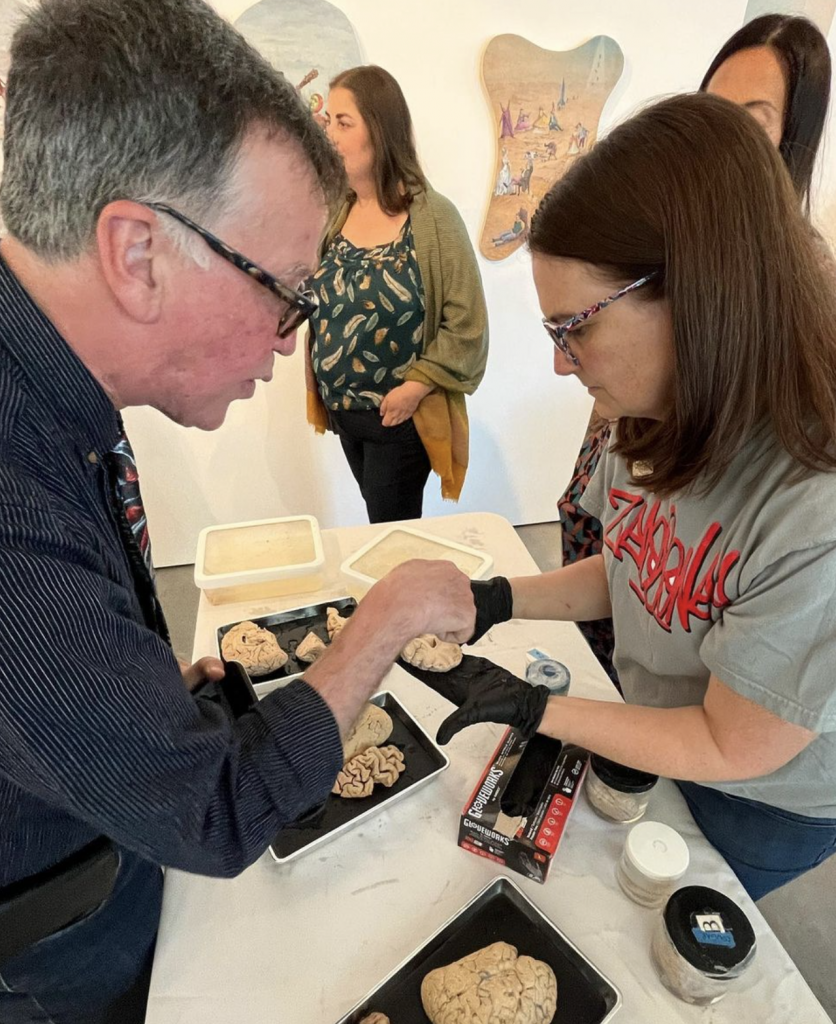
Drawing upon the neuroscience of storytelling and its impact on social interactions, Art has the potential to foster greater empathy and understanding among diverse communities. The mentalizing network, a group of brain regions involved in understanding and predicting the mental states of others, play a significant role in the reception of the art as well. By engaging viewers in a personally relevant exploration of their own experiences and perspectives, I hope to engage these networks, enabling individuals to infer and predict the motivations, emotions, and beliefs of others.